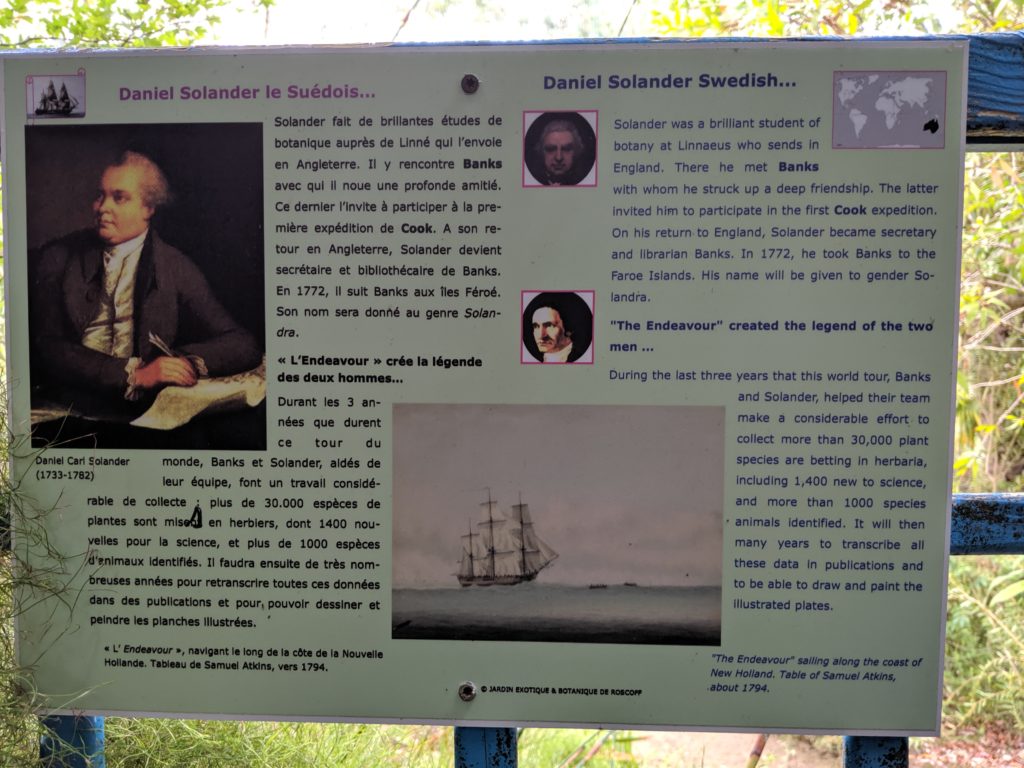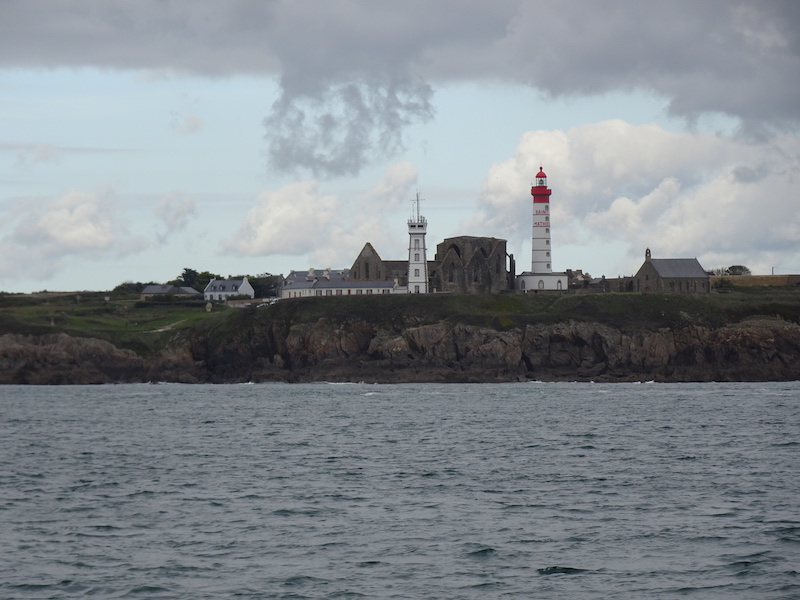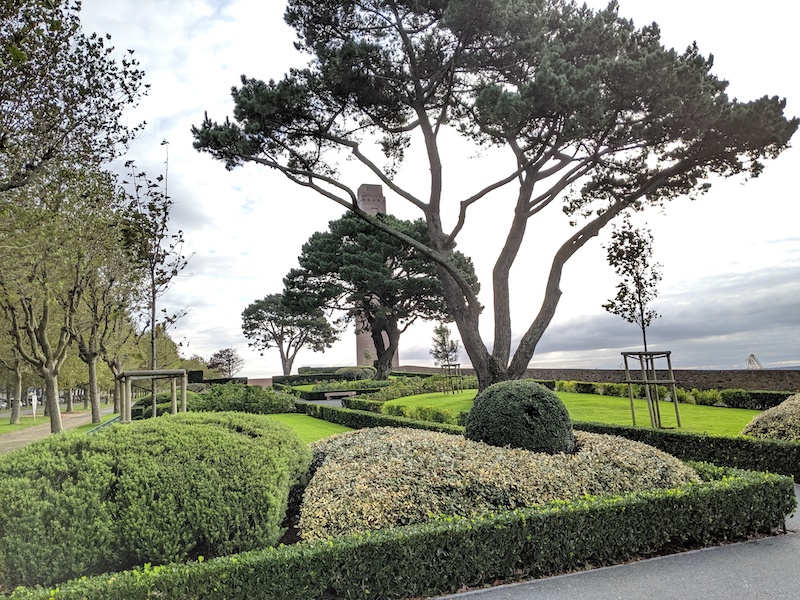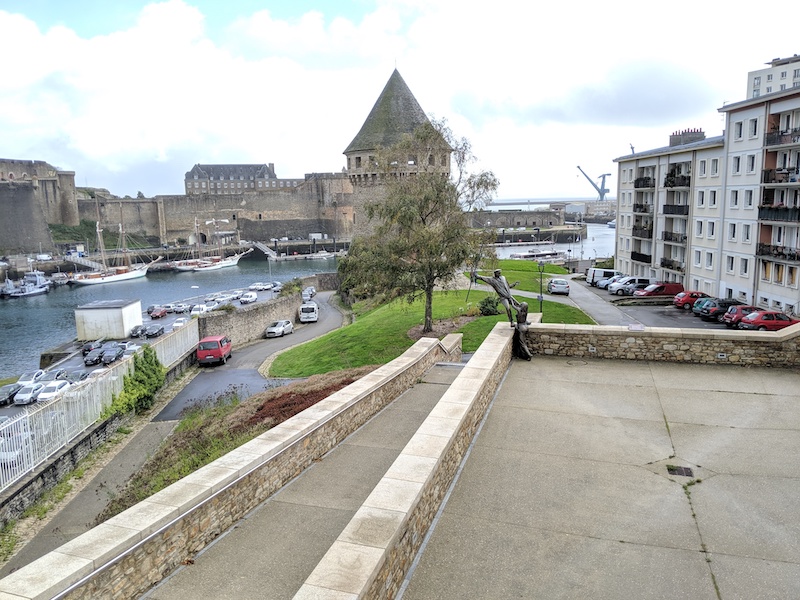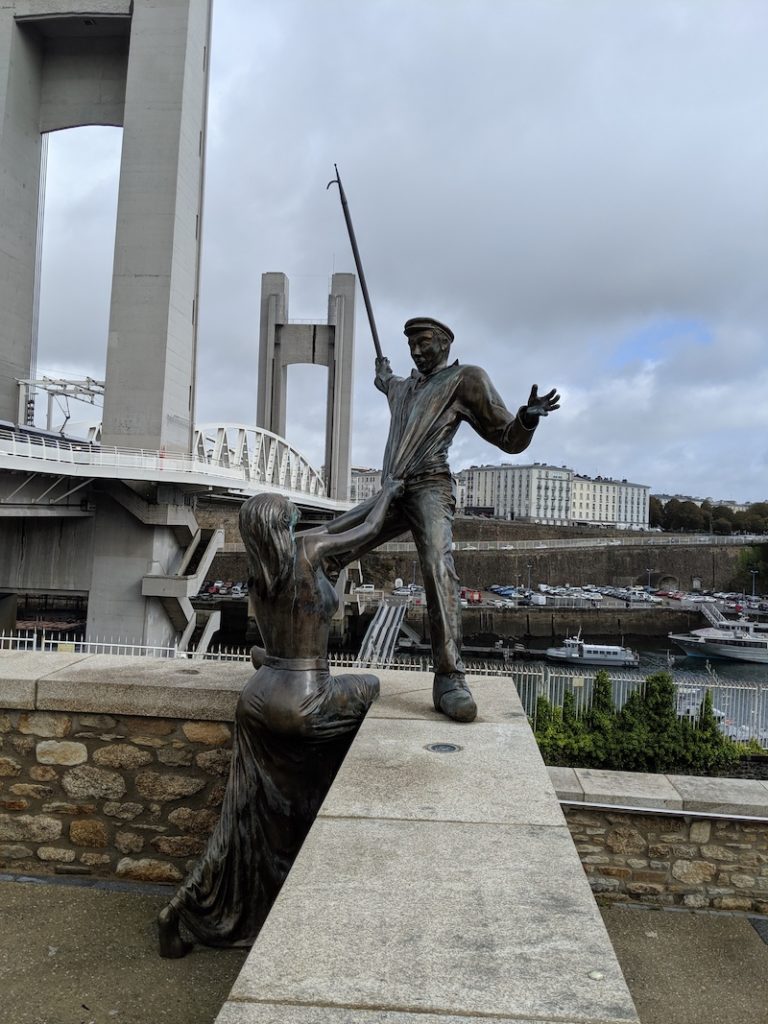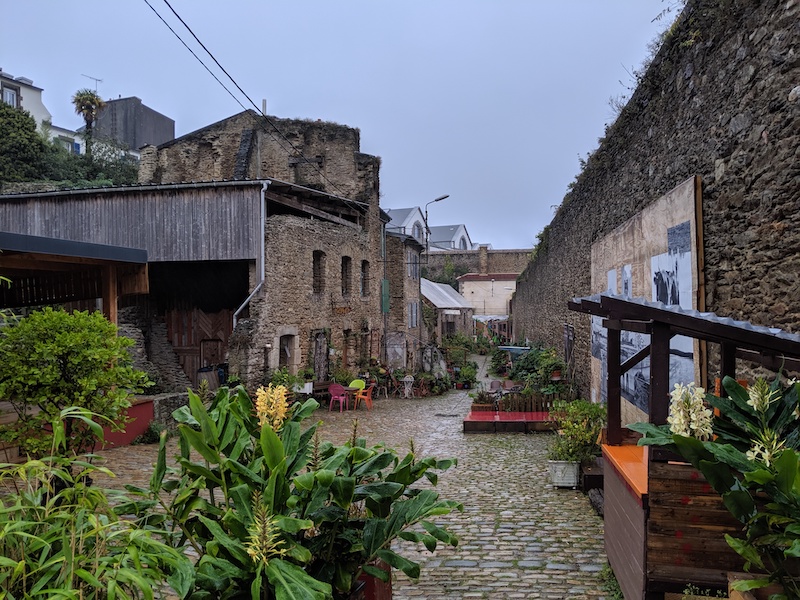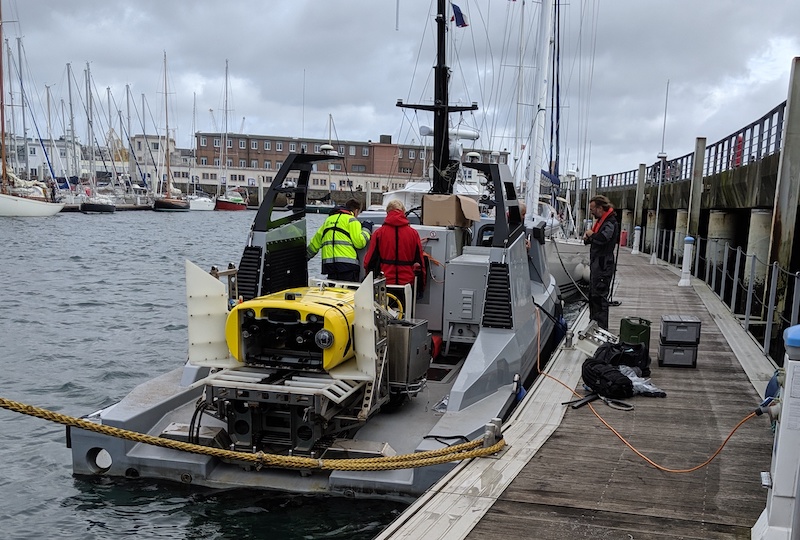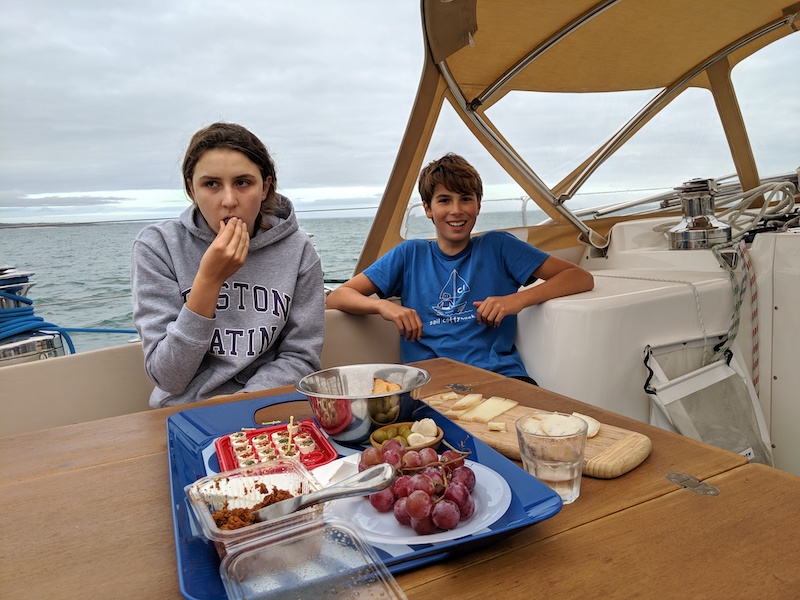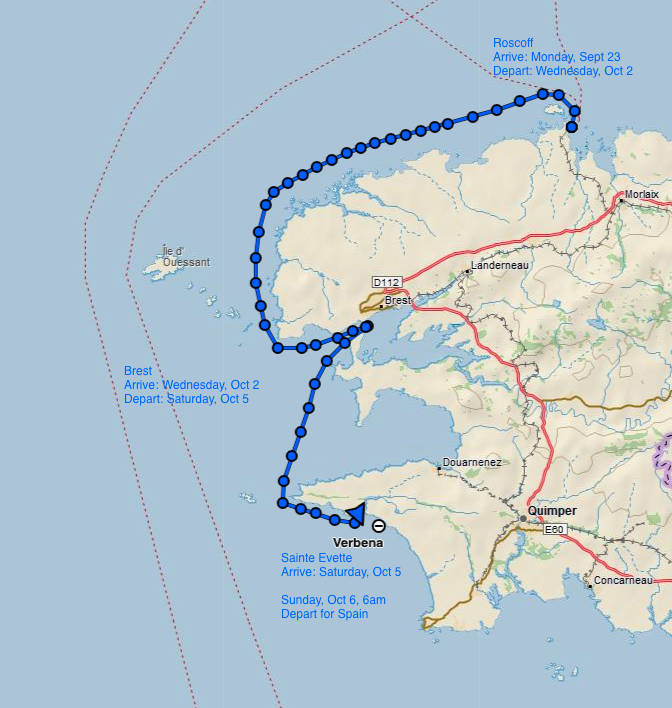Back in the spring when I was doing my armchair route planning I had frequently read that it is best to cross the Bay of Biscay in August. This World Cruising Club article on the subject sums it up best saying “All the books say it is important to get across the Bay of Biscay before the middle of August, in order to avoid the risk of the first storms of the autumn, with June and July being the best months to cross”. I know we wouldn’t cross in August, but back in the spring, I had intended that we’d cross before the end of September.
Unlike back in the spring, now I was studying the charts and weather knowing that our decisions had consequences. This real life experience made it all click on why the recommendations were to head south sooner. My business life has been similar – you can plan forever, but only when you are living something do you really start to understand.
Our reality was come September/October, even with waiting a week or 10 days, we were unlikely to find a period of good breeze and seas for the entire 300 to 400 mile journey across the Bay of Biscay. This wasn’t a show stopper, we just had to adjust from seeking ideal conditions to taking action when we found the best of reasonable alternatives. Again, in my business life, this was often the case as well.
Wednesday, Oct. 2nd, 10 days from when we entered Roscoff, we found a day of settled enough weather and made our way to Brest. This got us another 50 nm west and past an area of 3-5 kts of tidal current. With this behind us, we could better choose our window to cross the Bay of Biscay.
Two days later we saw a “good enough” weather/seas window across Biscay come into view. We did a day sail 35 nm south past another area of strong tides and picked up a mooring off the seaside town of Sainte-Evette at the mouth of the Le Goyen river and near the main town of Audierne. The next morning, pre dawn we headed across the Bay of Biscay. The seas were bigger than we wanted and half the trip was with light to moderate winds on the nose, but it was a safe and reasonable passage.
